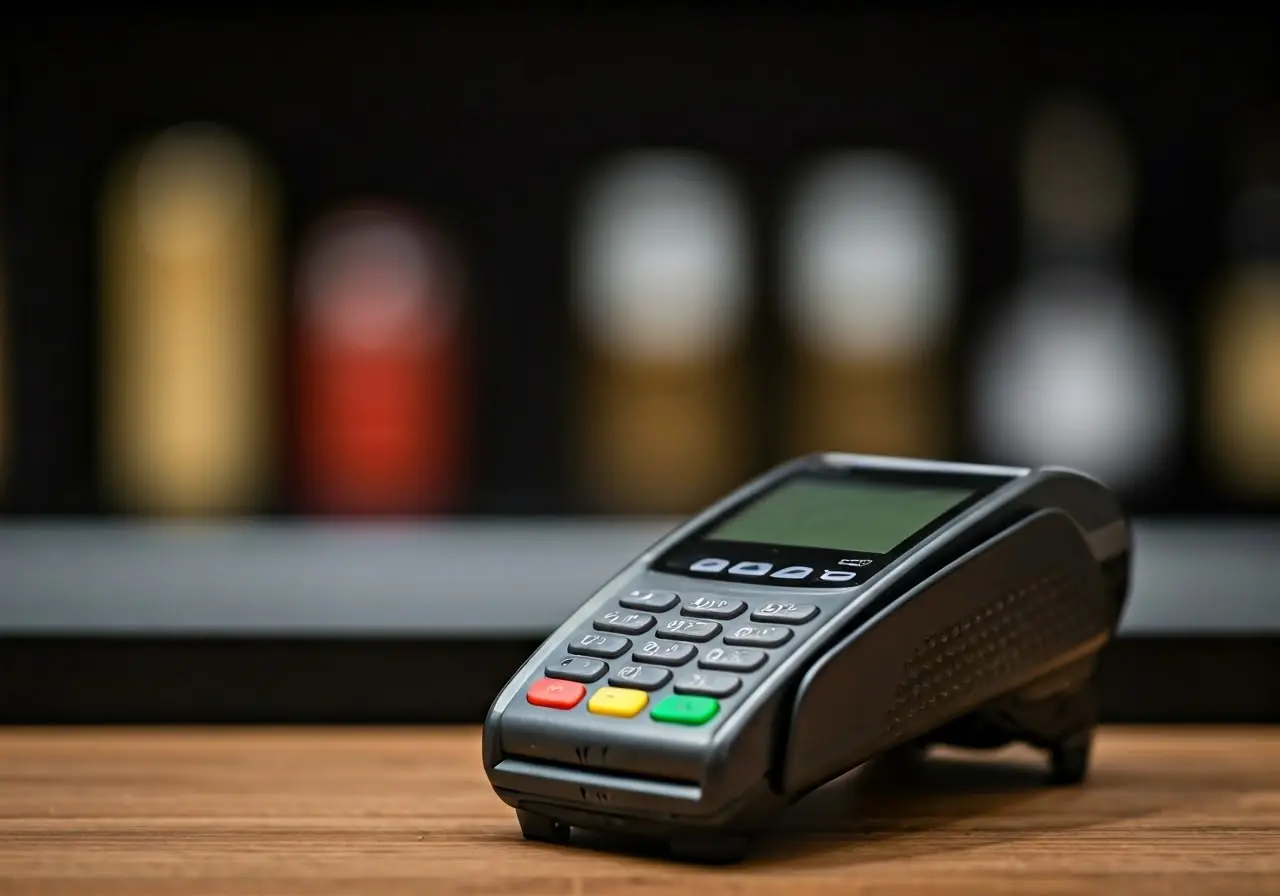
With businesses increasingly adopting wireless payment terminals for convenience and efficiency, a critical question emerges: Are these wireless terminals secure for processing customer payments? In this blog, we delve into the safety concerns and address common questions about wireless terminals.
What Are Wireless Payment Terminals?
Wireless payment terminals are devices used to process card payments without a physical connection to the network. They transmit data over wireless networks, offering portability and convenience for businesses. This newfound mobility allows businesses to accept payments in various settings, from traditional retail environments to outdoor events and on-the-go services.
Traditional payment methods required fixed and often bulky infrastructure. Contrarily, wireless terminals, powered by cutting-edge technology such as Wi-Fi, 3G, 4G, or even 5G networks, allow freedom from these limitations. With businesses operating in increasingly dynamic settings, these terminals provide a vital lifeline to flexibly engage with customers and facilitate transactions seamlessly. For those eager to explore setup intricacies, the Step-by-Step Guide to Wireless Credit Card Terminals offers comprehensive insights.
Wireless payment terminals have distinct features that enhance their usability for businesses of all sizes. Portable, versatile, and efficient, they meet the demands of varied business models, whether in retail, mobile commerce, or service industries. Understanding how these devices fit into one’s operations is crucial, allowing businesses to adapt to modern payment preferences efficiently.
How Do They Ensure Security?
Wireless terminals employ encryption protocols to safeguard sensitive information. These include end-to-end encryption and tokenization, which ensure that data is secure from interception during transmission. This security framework acts as a protective barrier, transforming raw payment data into encoded information that is only decipherable by authorized parties.
Modern wireless terminals are equipped with sophisticated security features to tackle a variety of threats. Security compliance with industry standards such as PCI DSS ensures that these devices uphold the highest security benchmarks. Features like encryption algorithms and multi-factor authentication fortify the defenses against unauthorized access and data breaches. For businesses interested in contactless methods, Contactless Payments – Swift Payments provides further insight into secure and efficient transaction processes.
In addition to built-in security technologies, constant software updates from terminal providers play a crucial role in maintaining device security. These updates ensure that terminals are equipped with the latest defensive mechanisms against emerging threats. Additionally, business operators must participate in safeguarding practices and regular security assessments to maintain a secure transaction environment.
Potential Risks of Wireless Terminals
Despite advancements in security technology, wireless terminals can still be vulnerable to cyber threats such as data breaches, signal interference, and unauthorized access if not properly maintained. It is crucial to recognize these vulnerabilities to implement appropriate countermeasures.
One of the most significant risks lies in the potential for wireless signals to be intercepted. Furthermore, unauthorized terminals could mimic wireless networks to fool legitimate devices during the connection process. Consequently, businesses must remain alert to signs of anomaly in network activities to prevent unauthorized connections.
Physical security of the devices is equally important, as leaving terminals unattended or unsecured can lead to tampering or theft. Measures such as keeping terminals secured when not in use and monitoring suspicious behavior around device usage routines enhance safety measures.
Recommended Security Practices for Businesses
Businesses should implement strong passwords, regularly update software, use secure networks, and conduct routine security audits to protect their wireless terminals from potential threats. These proactive steps help create a robust defense against potential cyberattacks.
Proper training of employees who handle wireless terminals is essential. Staff should understand how to recognize and respond to security threats and be familiarized with the protocols for handling data securely. Implementing role-based access control ensures added protection by granting privileges only to authorized personnel.
Conducting regular audits and assessments is imperative in identifying and mitigating vulnerabilities. This includes checking for software updates, examining security logs for unusual activities, and potentially seeking external expertise for comprehensive penetration testing.
Effective record-keeping of transactions and audits helps in tracking down issues, should they arise. Leveraging digital management solutions can streamline this process, providing accurate data to better understand transaction behaviors and promptly detect abnormalities.
How Do Customers Benefit from Wireless Terminals?
Customers enjoy faster transactions and greater convenience, as wireless terminals allow payments from virtually any location, making the checkout process seamless and efficient. This flexibility adds to customer satisfaction, reducing wait times and streamlining the overall payment experience.
The rise of Contactless Payments further exemplifies the convenience afforded to customers. With a simple tap, transactions are completed in seconds, reducing queues and enhancing the shopping experience. This method also extends an additional layer of security by eliminating the need for physical contact, thus promoting hygiene.
By embracing mobile and wireless technology, businesses offer customers foolproof methods to engage in various payment options. Whether through chip, mobile wallet, or contactless methods, patrons can select their preferred choice, further solidifying their trust and loyalty toward the business.
Ensuring Secure Payment Practices
Wireless terminals have transformed the payment processing landscape by offering convenience and flexibility, albeit with certain security considerations. While technological advancements have fortified these terminals against threats, businesses must remain vigilant and continuously update their security measures. Staying informed about security protocols ensures both customer trust and business integrity. For more insights and updates on secure payment practices, visit our News & Insights – Swift Payments.


